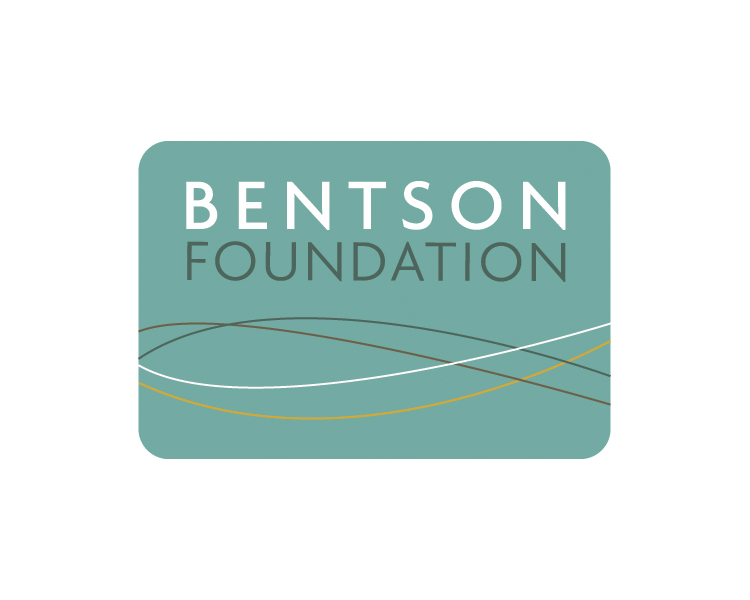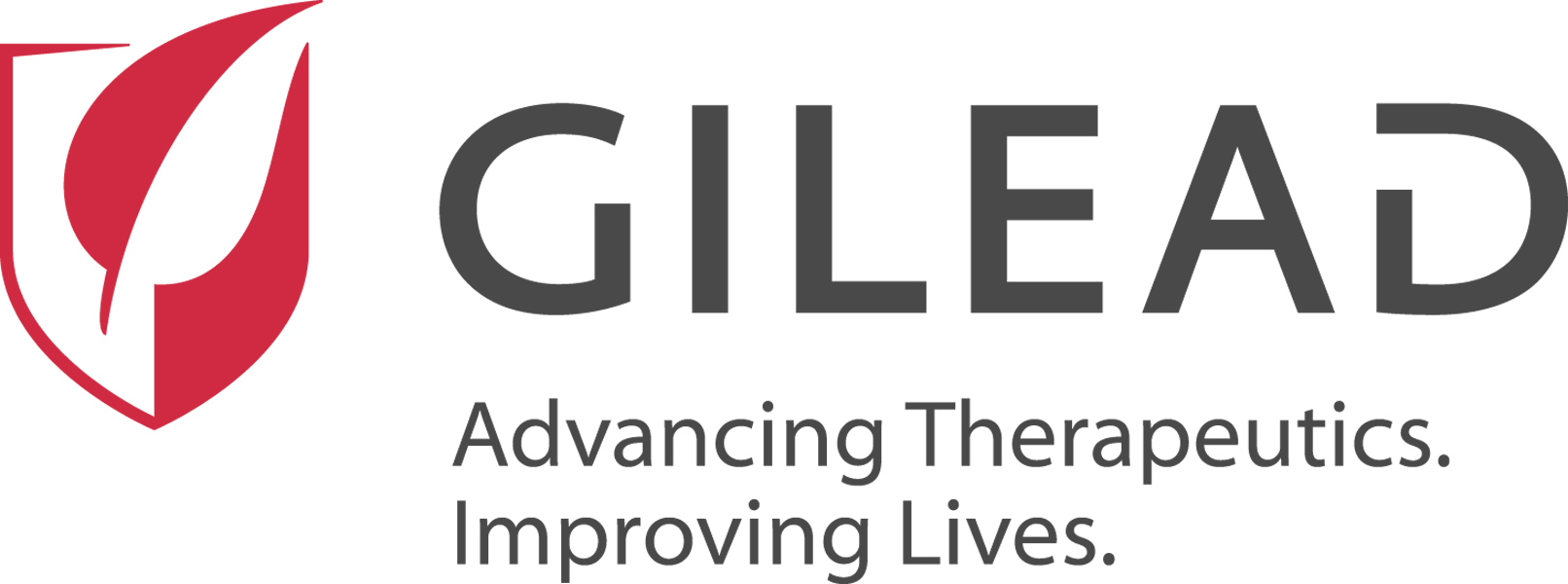A study in the North Kansas City, Missouri, pre-K–12 public school system finds that pre-K (pre-kindergarten) and elementary students had the highest rates of respiratory virus detections and that pre-K and staff were most likely to have acute respiratory infections (ARIs).
Researchers at Children's Mercy Kansas City and the Centers for Disease Control and Prevention analyzed the nasal swabs and respiratory-symptom reports of students and staff from November 2022 to May 2023, past the peak of the COVID-19 pandemic. The findings were published today in Pediatrics.
"Schools have been implicated in certain respiratory virus outbreaks and potentially play an important role in amplifying community spread of respiratory viruses due to subsequent transmission to household and close contacts, resulting in absenteeism and productivity loss," the study authors wrote.
Rhinovirus/enterovirus most common
A total of 816 participants (590 students and 226 staff) submitted 5,198 monthly symptom surveys and 5,981 specimens for a median of 24.5 weeks. Of all participants, 85.5% had at least one virus, and 80.4% had at least one ARI. Over 92% of pre-K and elementary students had a virus detected, compared with 86.3% of middle school students, 77.6% of high school students, and 76.1% of staff.
Detection of at least two viruses in a single specimen occurred at least once in 15.8% of participants, with the highest rates in elementary (21.1%) and pre-K (19.4%) students.
The most commonly detected virus was rhinovirus/enterovirus, at 65.1%. Other common viruses were seasonal coronavirus (29.7%), human metapneumovirus (HMPV; 17.6%), and SARS-CoV-2 (COVID-19; 15.2%).
Adenovirus was detected in 38.7% of pre-K and 17.1% of elementary students, compared with 3.5% of staff. Similarly, rhinovirus/enterovirus was identified in 71.0% of pre-K and 77.7% of elementary students, compared with 43.8% of staff. In contrast, SARS-CoV-2 was more common in staff (26.5%) than in students (10.8%).
Adjusted virus detection rates per 100 enrollment-days were highest in pre-K (1.46) and elementary (1.51) school, followed by middle (1.19) and high school (0.90) students and staff (0.87). Adjusted ARI rates per 100 enrollment days were 1.66 in pre-K, 1.19 in elementary, 1.17 in middle, and 0.76 in high school students and 1.45 in staff.
ARI rates per 100 enrollment days were significantly higher in pre-K (adjusted rate, 1.66; incidence rate ratio [IRR], 2.19), elementary (adjusted rate, 1.19; IRR, 1.58), and middle school students (adjusted rate, 1.17; IRR, 1.54) than in high school students. Staff also had significantly higher ARI rates than high school students (adjusted rate, 1.45; IRR, 1.91).
Less than 25% of staff were up to date with vaccines
In total, 55.0% of participants had at least one virus detection with ARI symptoms, and 59.4% had at least one virus identification without ARI symptoms.
Influenza and respiratory syncytial virus (RSV) were mainly detected in November and December 2022, while identification of seasonal coronaviruses peaked from December 2022 to February 2023, and rhinovirus/enterovirus RV/EV was found throughout the study period.
Whereas some measures (eg, hand hygiene) can be implemented with minimal risk and cost, others (eg, school closures or ventilation upgrades) are associated with downstream effects, such as learning loss or financial costs, that need to be balanced with intervention effectiveness.
In elementary schools, where students are generally in one classroom and virus detection rates are highest, infection-prevention measures such as enhanced cleaning to reduce adenovirus spread could focus on classrooms with higher illness rates, the researchers said. In middle and high schools, where students move between classrooms, building-level infection-prevention efforts such as optimizing ventilation may be more effective.
Less than one-quarter of staff were up to date with a bivalent COVID-19 vaccine, which the authors said underscores the need to find new ways to encourage staff and students to be vaccinated at school.
"Whereas some measures (eg, hand hygiene) can be implemented with minimal risk and cost, others (eg, school closures or ventilation upgrades) are associated with downstream effects, such as learning loss or financial costs, that need to be balanced with intervention effectiveness," they wrote. "Future studies are needed to determine the location of viral acquisition and correlation with ARI."















